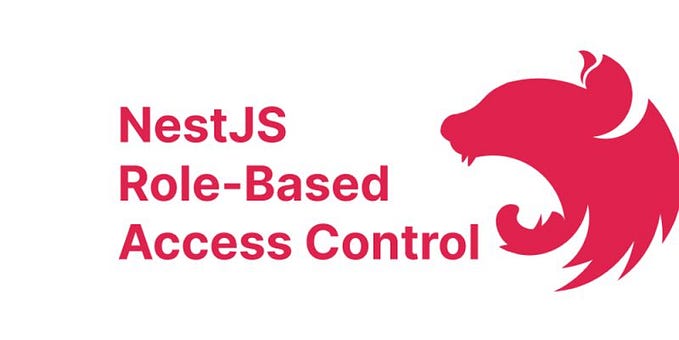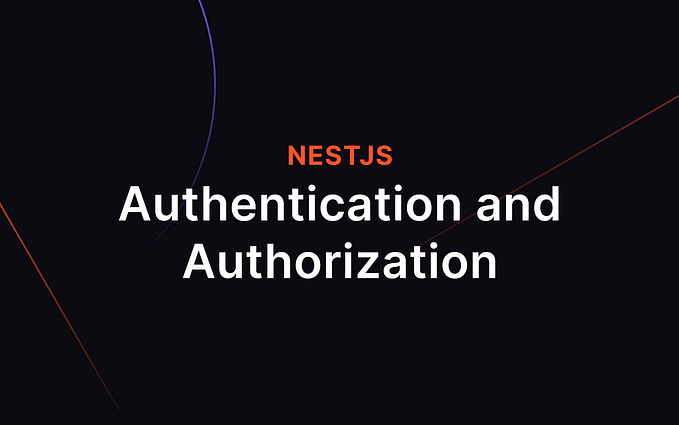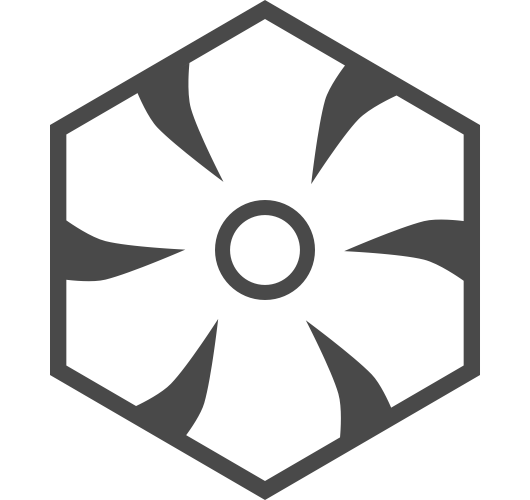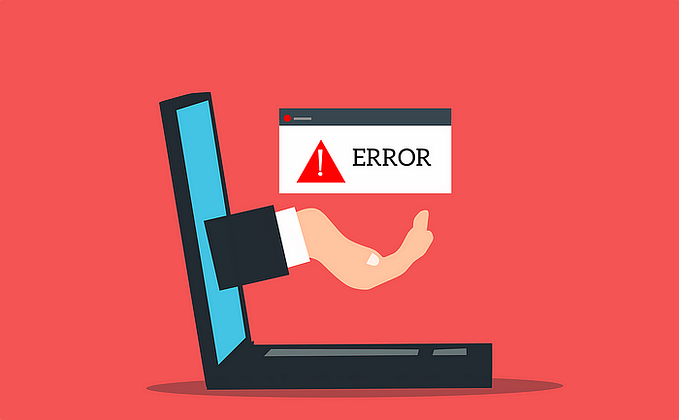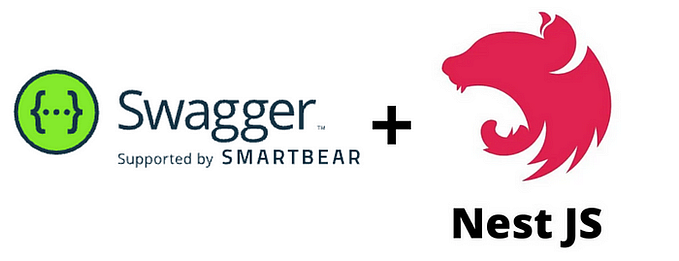Setting Up Environment Variables and Configurations in NestJS
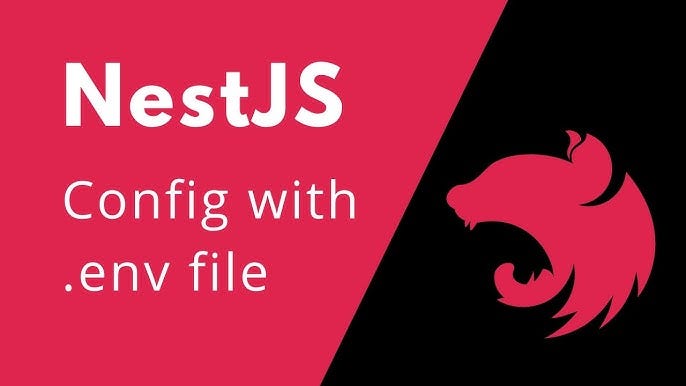
When developing a NestJS application, managing configuration and environment variables efficiently is crucial, especially when dealing with sensitive data. This guide will show you how to set up environment variables using the .env file, and how to manage different configurations for various environments like development and production.
The env helps in keeping sensitive data like database credentials and API keys secure and separate from your source code.
Prerequisites
Before we begin, ensure you have the following installed on your machine:
- Node.js (version >= 16)
- NPM
- MySQL server
- A basic NestJS application (refer to our article “Getting Started with NestJS” if needed)
Setup and access env file
Step 1: Create Environment Files
In the root directory of your application, create an .env file to define your environment variables. Use a simple key-value pair format, as shown below:
APPNAME='NestJS-Application'
APPVERSION='v1.0'
APP_PORT=4000
HOST='localhost'
DB_PORT=3306
USERNAME='root'
PASSWORD='root'
DATABASE='nestjs'For different environments, you can manually create multiple .env files, such as:
.env.developmentordevelopment.env.env.productionorproduction.env
Step 2: Install dotenv Package
To access these environment variables within your application, install the dotenv package:
$ npm install --save dotenvNote: By default, the application checks for an .env file. If you want to use different environment files for each environment, follow the steps below.
Step 3: Setting NODE_ENV in Different Operating Systems
Setting the NODE_ENV variable allows you to differentiate between environments. You can configure this in the application run scripts in your package.json file.
On Unix-based systems (Linux, macOS):
In your package.json, modify the scripts to set NODE_ENV:
"scripts": {
"start:dev" : "NODE_ENV=development nest start --watch",
"start:prod": "NODE_ENV=production node dist/main" // replace the existing script
}On Windows:
There are two common methods to set environment variables on Windows:
Using set command:
"scripts": {
"start:dev" : "set NODE_ENV=development && nest start --watch",
"start:prod": "set NODE_ENV=production && node dist/main" // replace the existing script
}Using cross-env package:
- The
cross-envpackage allows you to set environment variables across platforms. First, install the package:
$ npm install --save-dev cross-envThen, update your package.json scripts:
"scripts": {
"start:dev" : "cross-env NODE_ENV=development nest start --watch",
"start:prod": "cross-env NODE_ENV=production node dist/main" // replace the existing script
}Now, you can run your application with:
$ npm run start:prodStep 4: Config and Access Environment Variables in Your Application
Access the environment variables using process.env.<key>. By default, Node.js will search for an .env file. If you are using multiple .env files, configure dotenv as follows:
import { NestFactory } from '@nestjs/core';
import { AppModule } from './app.module';
import * as dotenv from 'dotenv';
dotenv.config({ path: process.cwd() + `/.env.${process.env.NODE_ENV}` });
// OR
// dotenv.config({ path: process.cwd() + `/${process.env.NODE_ENV}.env` });
/*
the cmd method will return the current working directory of the Node.js process.
.env.development is a file which i am using to storing environmental variables.
if you are using normal .env file, the above import and config steps are not required.
*/
async function bootstrap() {
const app = await NestFactory.create(AppModule);
await app.listen(process.env.APP_PORT);
console.log(`This application is running on: ${await app.getUrl()}`);
}
bootstrap();Security Tip: Ensure your
.envfiles are added to.gitignoreto prevent them from being committed to version control.
Additional Best Practices
- Do Not Commit
.envFiles: Add your.envfiles to.gitignoreto avoid exposing sensitive information.
# dotenv environment variable files
.env
development.env
.env.development.local
.env.test.local
production.env
.env.production.local
.env.local
*.env.*2. Validate Environment Variables: Use a validation library like Joi to ensure all required environment variables are set and valid.
Conclusion
Setting up environment variables using the dotenv package in a NestJS application simplifies configuration management across various environments. By creating separate .env files for development, testing, and production, you ensure your application uses the correct settings and keeps sensitive information such as database credentials secure.
Contribution
If you like my Article, please, consider donating through Buy Me a Coffee: https://buymeacoffee.com/bhargavachary.
If you think this article has been useful to you, please do not hesitate to leave your clap 👏 and leave a comment.
Thanks for reading this far!



